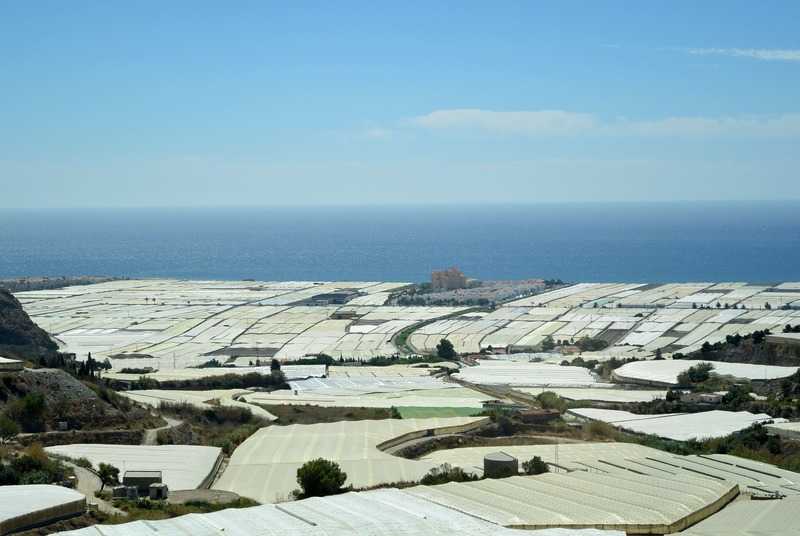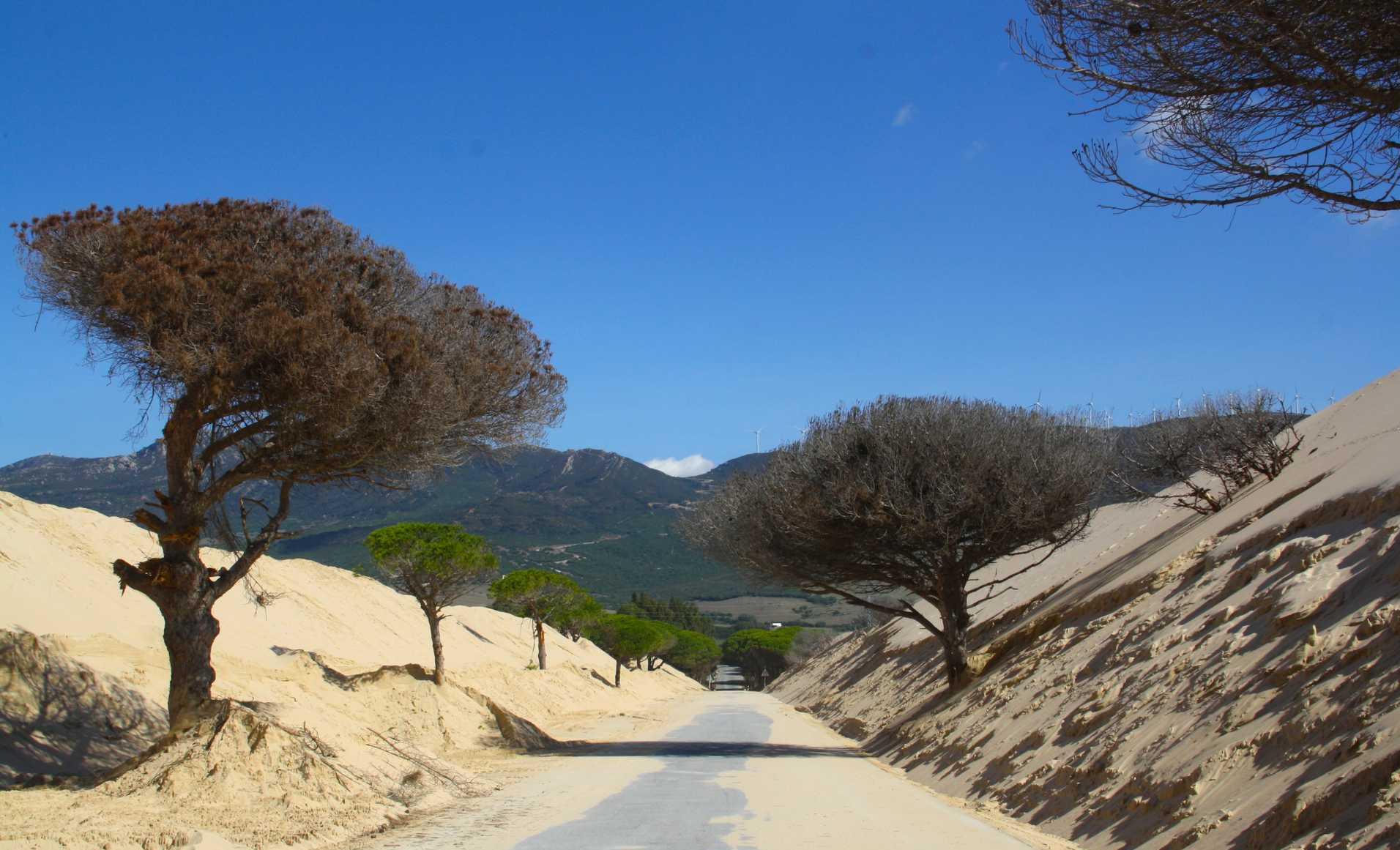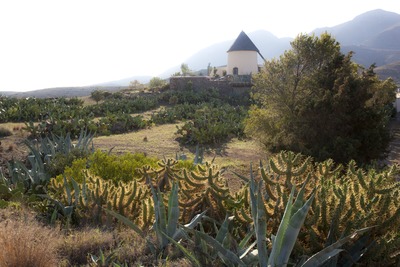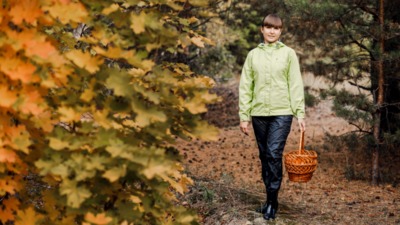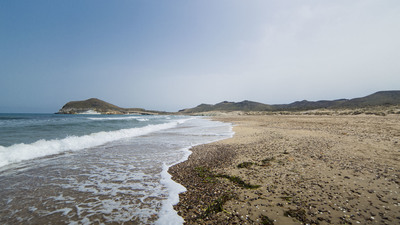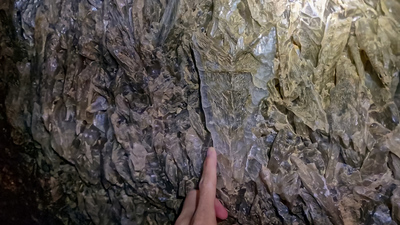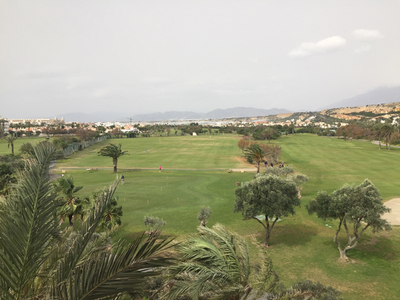Campo de Níjar and Poniente Almeriense: Garden of Europe
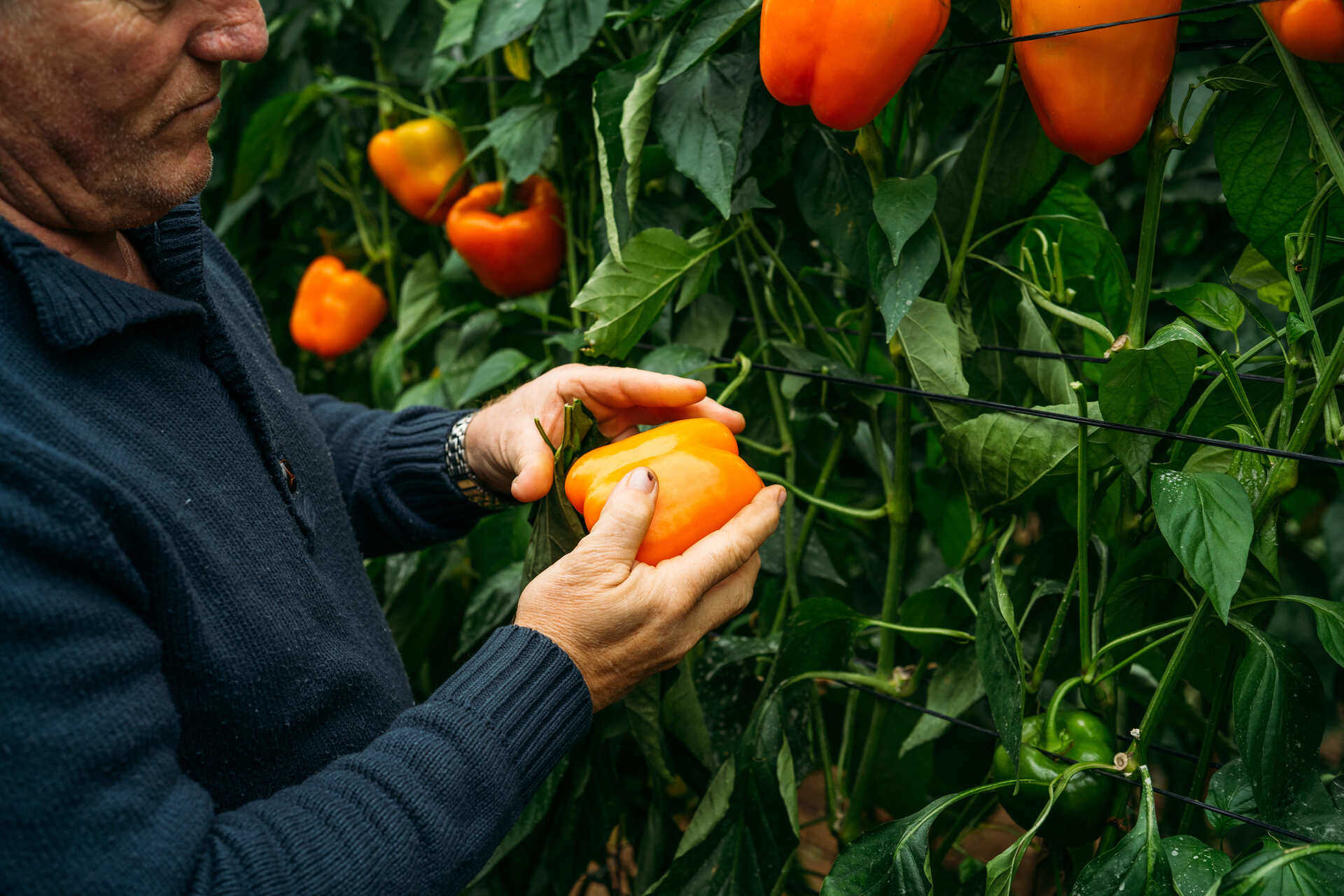
There are organised tours to learn about the extraordinary production of fruit and vegetables in Almería and the incredible wisdom behind this form of agriculture. A number of companies and cooperatives show their crops and their production methods, which the modernity of the process makes very attractive. The diversity and quality of their products can be seen in several television series that have been produced.
The area occupied by the market garden of Almería cannot only be appreciated from an airplane, the area occupied by the greenhouses is so colossal that it can be seen from the space stations. Looked at from ground level, it can be seen that these agricultural areas are cultivated following environmental criteria, and a very high percentage does not use chemical products, but biological control in the fight against pests. A complete commitment to sustainability.
Some production centres organise visits to learn about the products obtained, how they work and what technology is applied in the Garden of Europe, where the tomato denominated as La Cañada is the first and only variety in Spain recognised with Protected Geographical Indication. The special weather and orographic conditions of the fields of La Cañada make this area, located next to the Cabo de Gata-Níjar Nature Reserve, a production centre for tomatoes with extraordinary qualities, and this has been acknowledged by the most demanding markets.
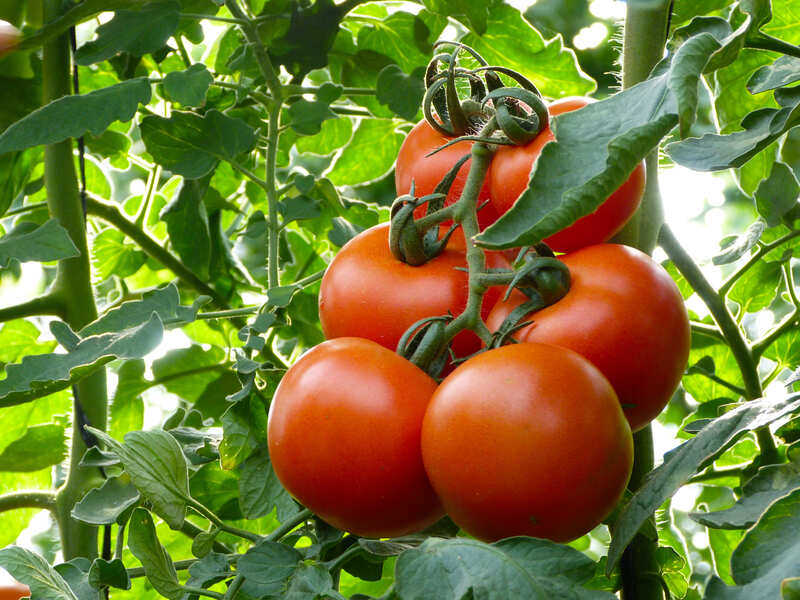
Fertility and potential go hand-in-hand with scientific research and this is largely what makes the visits so interesting. Two of the largest cooperatives and a company specialising in biofertilisers are researching new advances with the support of the University of Almería. Its main objective is to reduce the use of chemicals in agriculture and replace them with different alternatives, like humus from earthworms.
Tourists and schoolchildren visit these installations to learn about a sector, a history, that originated in the work and ingenuity of those who were able to combine plastic roofing and sandy soil in the 1960s. They adapted the crops to the environment, and were able to obtain double and even triple harvests which also ripened earlier than crops produced elsewhere in mainland Spain. Clisol Turismo Agrícola is a flag bearer for this type of tourism and organises guided tours that end with a tasting of the product.
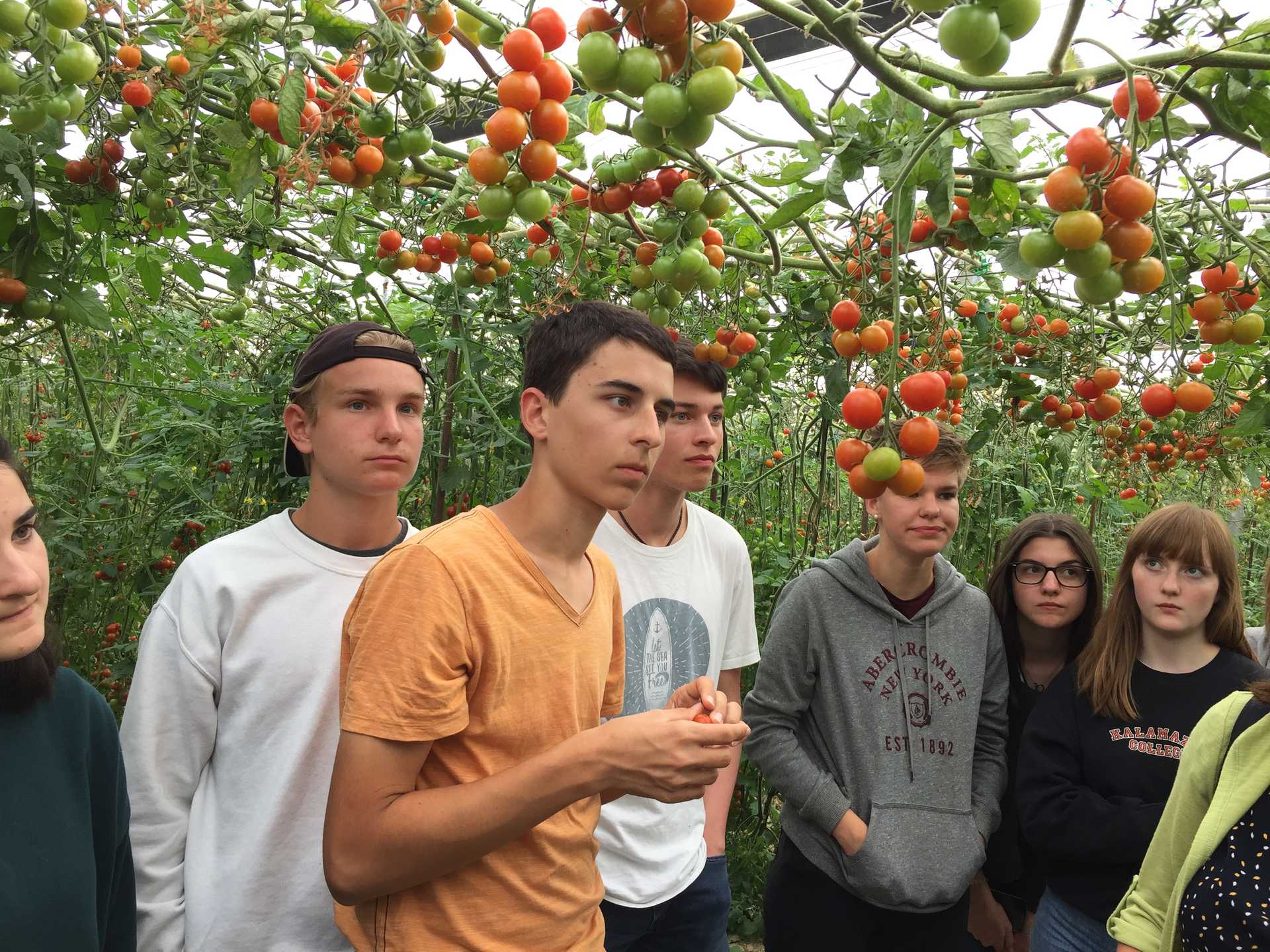
When talking about Almería as the Garden of Europe, the figures speak for themselves. There is a cultivated area of 60,000 hectares, an area similar in size to the Cabo de Gata-Níjar Nature Reserve, and 32,000 are under glass. The province is also a leader in the shift towards agriculture free of waste and chemical products, since half of the area cultivated under plastic follows biological control protocols.
A further attraction of this territory located next to the Mediterranean Sea is its ability to promote a different kind of agriculture, one which makes the most of the available water and which generates its own landscape.
